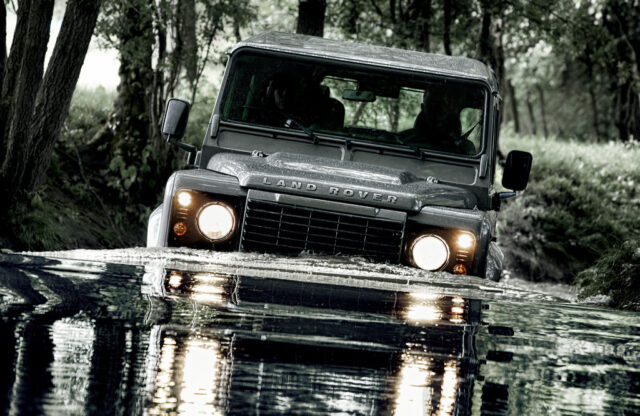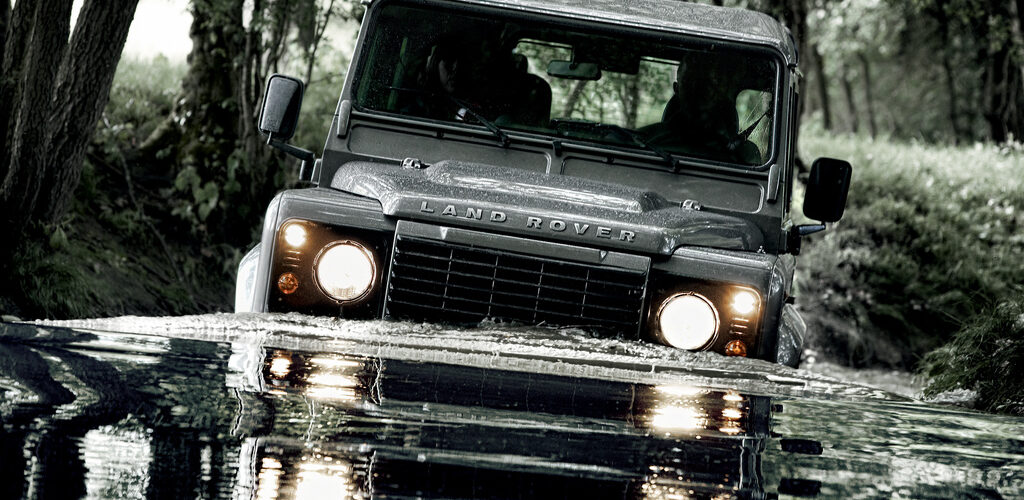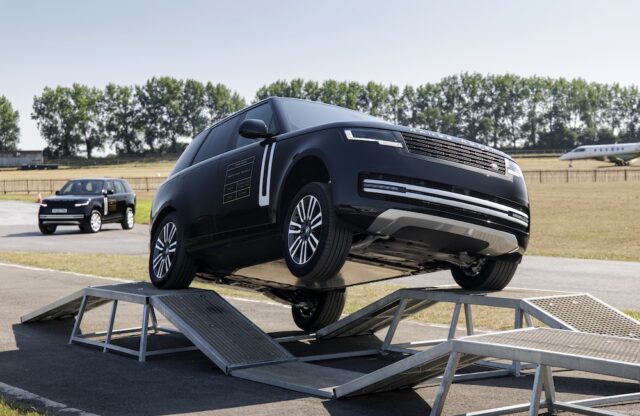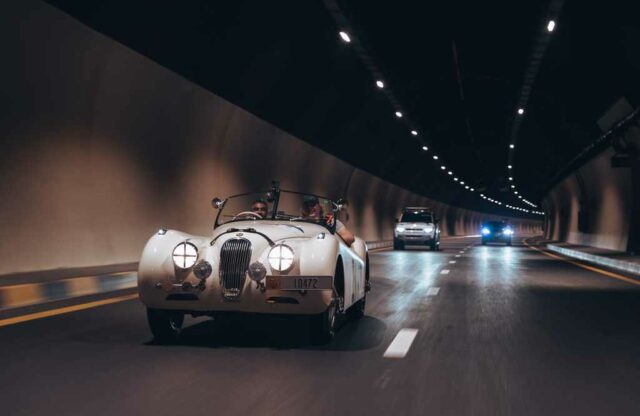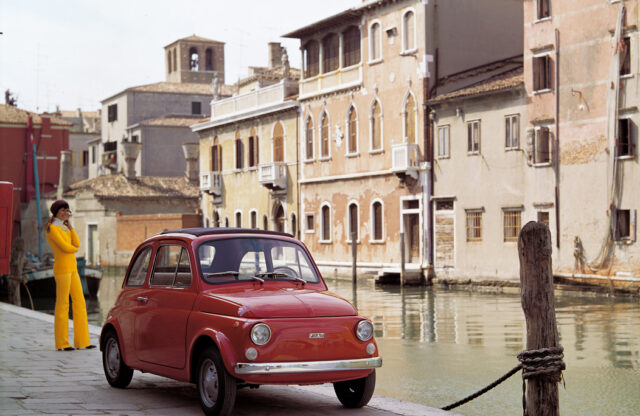The introduction of coil-sprung Land Rovers in the early 1980s was rather a reluctant one for its British manufacturer, which was forced to modernise its utility models in the face of an onslaught of newer and more civilised 4x4s from afar.
However, the need and demand were there, so Land Rover set about applying the lessons it had learned with the Range Rover to modernise the leaf-sprung Series 3 models while retaining the basic Land Rover shape and look. The first of the new Land Rovers appeared in 1983, and was badged One-Ten, initially with a carry-over engine range from the Series 3 (2.25-litre petrol and diesel, and 3.5 V8).
The One-Ten didn’t initially replace the Series 3 109, though, and the two models were sold alongside each other until 1985, with the older version available as a cheaper alternative to the newer, more sophisticated vehicles. The One-Ten was wider than its predecessor, with a one-inch-longer wheelbase – as the name would suggest. It was a revelation to drive compared with the Series 3, especially from 1984 onwards, when the engine size was increased to 2.5 litres to give more torque and performance. It would be another 16 months before a short-wheelbase, coil-sprung model appeared. The Land Rover Ninety was essentially a One-Ten with 20 inches lopped from the middle of its chassis, giving it unrivalled approach and departure angles as well as peerless off-road ability.
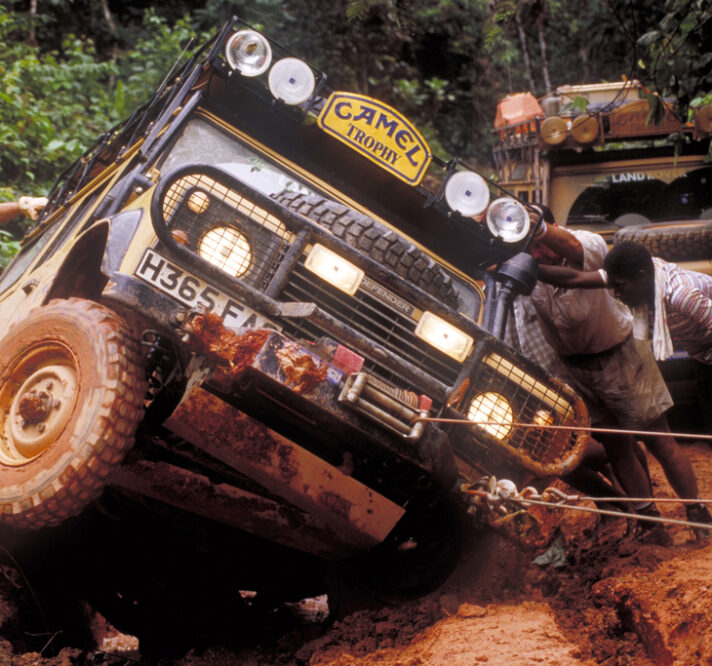
It doesn’t matter what you go for; they’re all achingly cool
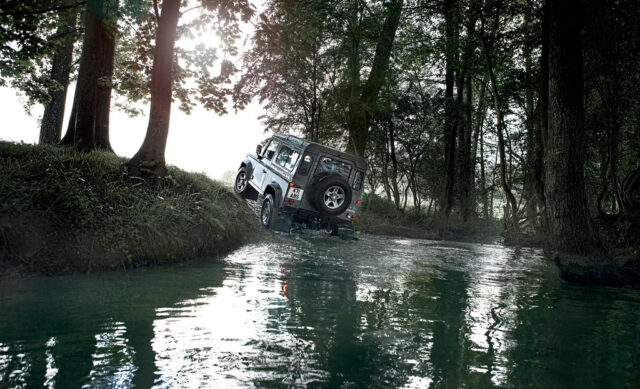

A turbodiesel joined the range in late 1986, giving respectable motorway performance, while the biggest change in the model’s life came with the 1990 model year, when the Ninety and One-Ten names were dropped in favour of Defender, which sat better alongside the new Discovery. Both the Defender 90 and 110 (now written numerically rather than spelled out) were powered by a new engine, too. The direct-injection 200TDi is regarded as one of the great Land Rover engines, with decent performance and an incredible reputation for reliability.
In 1994, the 200TDi gave way to the 300TDi, which was essentially a modernised and more refined version of the same engine. The downside is that the 300s were never as durable, and they were teamed with the weaker R380 gearbox.
Defender carried on unchanged until 1998, when Land Rover launched an all- new engine to coincide with the launch of the Discovery 2. The new 2.5-litre Td5 was a five-cylinder direct-injection unit with much more refinement and performance than ever before. However, it was more electronically complex than the four-cylinder TDi units, and was viewed with scepticism by some traditionalists – while the old 300TDi remained in production via Land Rover Special Vehicles, primarily to serve military applications and export markets where the added complexity of ECU- driven electronics wasn’t welcome.
It was in this form that the Defender continued the longest, from 1998 until 2007, when it was given the new Ford 2.4 TDCi Puma engine for better economy and performance. It was revised to 2.2 litres in 2012 to meet emissions legislation. The last Defender – a Grasmere Green 90 pick-up with canvas tilt – left the Solihull production line in January 2016.
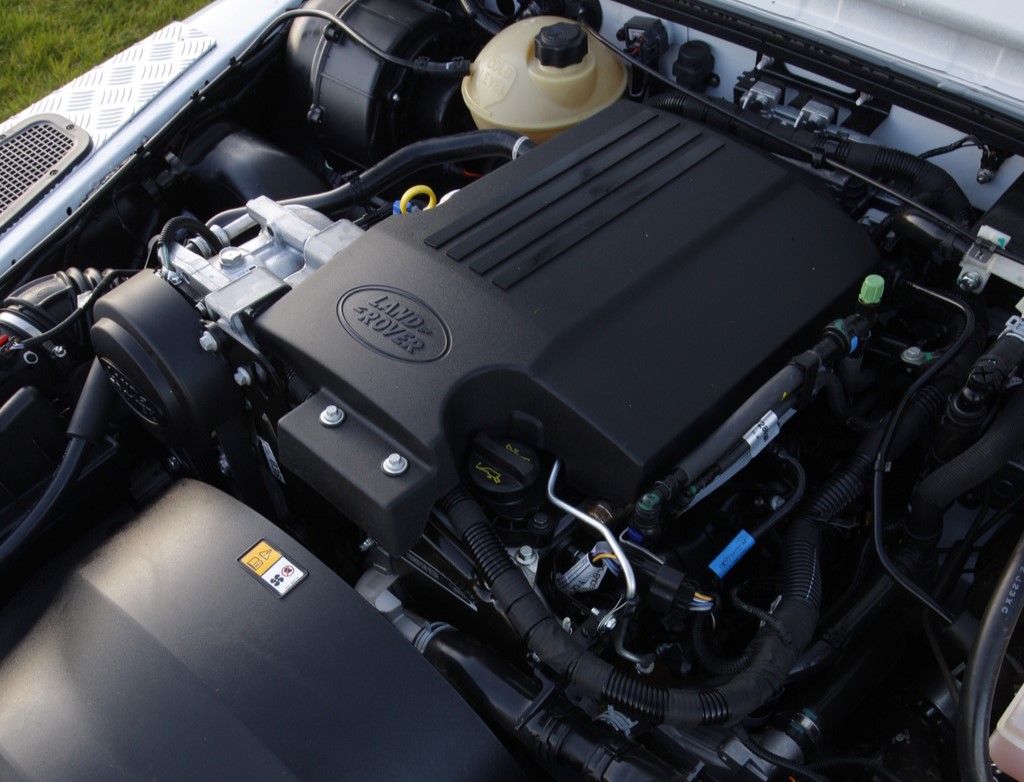
ENGINES
With such a wide choice of engines on offer, the first question should be which one is best for you. As you may expect, performance and refinement get better the newer the model, but the best all-rounder is probably the Td5. This has decent cruising ability and is still easy enough to maintain yourself. That said, the 200TDi is unerringly reliable, and is also a favourite of Defender buyers. The earlier 2.5 variants probably are not worth bothering with unless you crave originality. The diesels are slow, the petrols are very thirsty and the 2.5TD is prone to cracked cylinder blocks.
With the 200 and 300TDi units, the biggest threat is cambelt failure, while the 300s also suffer from fuel-pump issues. The Td5 is generally pretty robust, but head-gasket failure is the most common foible, while water ingress into a fuse box mounted under the passenger seat also leads to some electrical issues.
The later Ford engines have so far proven pretty good in terms of reliability, although injectors sometimes play up.
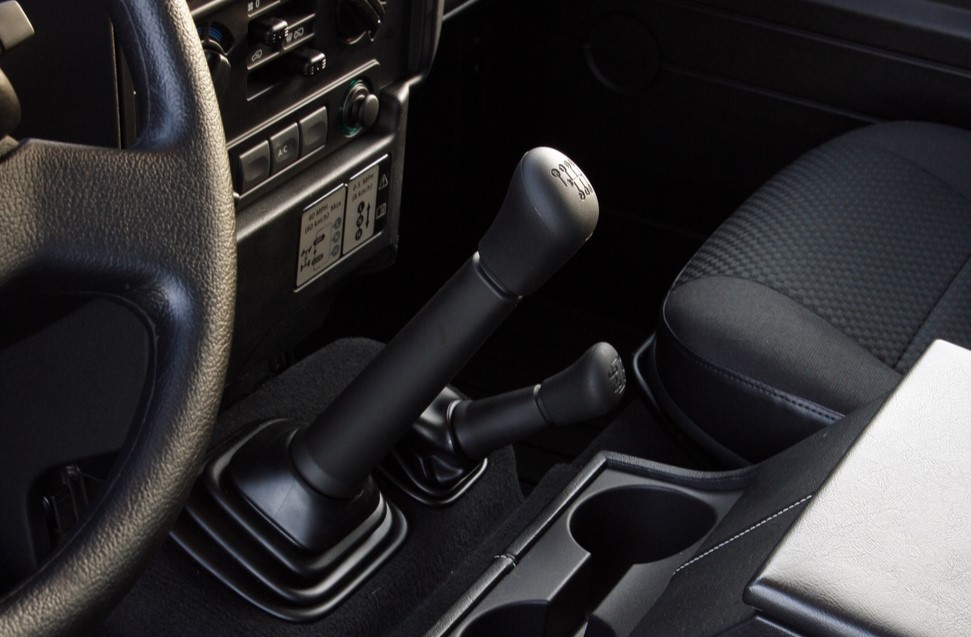
GEARBOX
Don’t expect transmissions to be smooth and simple – when you drive a Land Rover, you know that you’ve driven it. The earliest models (up to 300TDi) came with Rover’s LT77 transmission from the SD1 hatchback, and it’s a meaty unit with a heavy shift, but pretty robust. The later R380 gearbox (300TDi through Td5) is lighter to use but also more prone to wear, although it is unlikely to go bang.
The later models used Ford’s MT82 six-speed gearbox, which rarely seems to throw up any problems. Look out for transfer-box wear, though, and ensure it slots into low ratio as it should.
There was never an official factory auto Defender, but two-pedal conversions are available through a number of specialists.
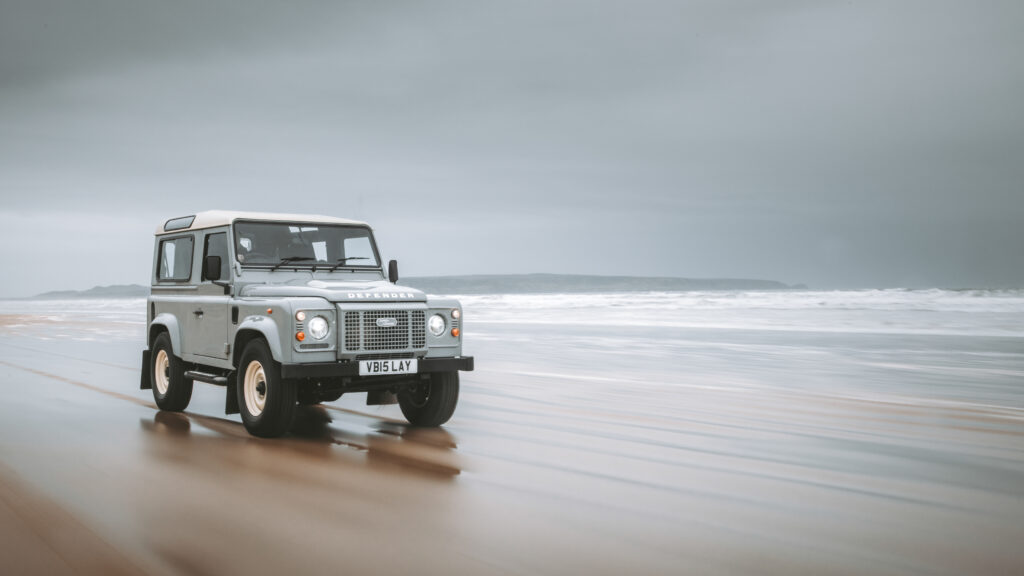
SUSPENSION AND BRAKES
Even in standard form, the Defender has ‘go-anywhere’ suspension travel. If you’re looking for a capable off-road truck, you don’t need to do anything trick to the suspension – but that doesn’t stop the mud-plugging extremists fitting lift kits, mud tyres, and longer springs and dampers. Meanwhile, for road use, stiffer springs and polybushes further improve the Defender’s dynamic ability.
It all depends on what you need. The good thing is that the Defender is essentially a giant Meccano kit. Every part bolts on and off, while there are innumerable set-ups to play with.
Brakes are simple – the all-round discs are very easy to get to for repairs. Just bear in mind that everything on a Land Rover is heavier than on a normal car.
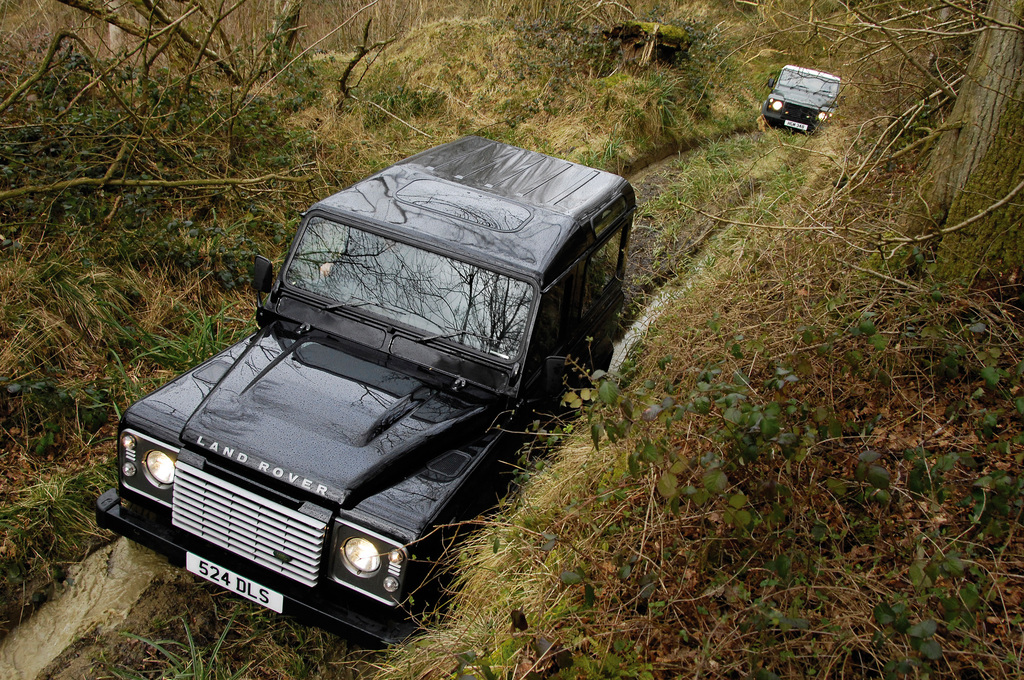
BODYWORK
With the exception of the bulkhead the upper bodywork is all aluminium, and while oxidisation can make panels look a bit bubbly, they’ll never rot away. That can lead you into a false sense of security… The Defender uses a traditional two-rail chassis with crossmembers and outriggers, and it’s all mild steel.
The rear crossmember is the most vulnerable. Mud collects in the back, so they crumble from the inside out – and if you get a rust bubble appearing on the visible side of the crossmember, then it’s rarely good news on the other side. Entire rear-chassis replacement sections are available, but they don’t come cheap.
The front outriggers that support the bulkhead are also extremely prone to rust, not least because they’re a natural mud trap. These outriggers can be cut off and replaced, or patched, while patch repairs are also common on the chassis rails themselves. Don’t be put off if a Defender has been welded, because in some ways this has saved you the money of having to get it sorted yourself. Do make sure the work has been done properly, though.
Meanwhile, the bulkhead is problematic – it’s the only mild-steel part of the upper body, and the sides, bottom edges and top corners are notoriously vulnerable. You can fix them, but it’s not easy. If you need a replacement bulkhead, secondhand, undamaged ones are pricey enough, while new ones are upwards of £2000. Chassis sections are cheaper, though, and are available cut to size.
The alternative is to go the whole hog and fit a galvanised chassis. You’ll need to fork out £2000 before you have paid out any labour, but you’ll be rid of any future welding worries.
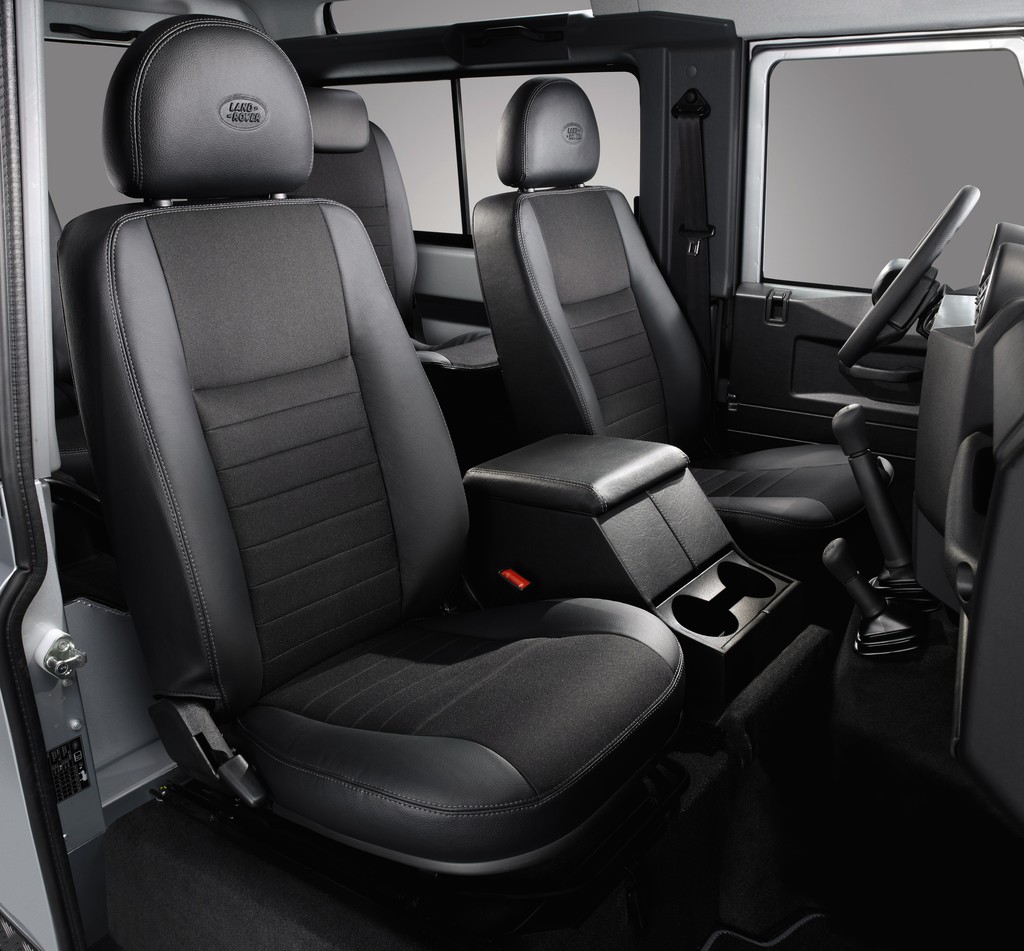
INTERIOR
The first thing most Land Rover drivers do when they open the driver’s door is to wind down the window. No, this isn’t some form of ritualistic owner weirdness; it’s simply a representation of the fact that with the window closed there’s no room for the driver’s arm or elbow. Ergonomics are not the Defender’s strong point.
Nor is watertightness. If you’re driving a Defender in the wet, expect to get a bit damp yourself, as water finds its way into the cabin through the door seals, window seals, bulkhead seams and roof seams. It’s just a Land Rover ‘thing’…
Cabins are fairly straightforward. Seat bases can wear pretty quickly, but they pop in and out, and replacements are available from most specialists so it’s no big deal. Carpets or rubber floors are pretty simple and hard wearing, although roof linings have a tendency to sag like a Bedouin tent after a few years, and are often pinned back up.
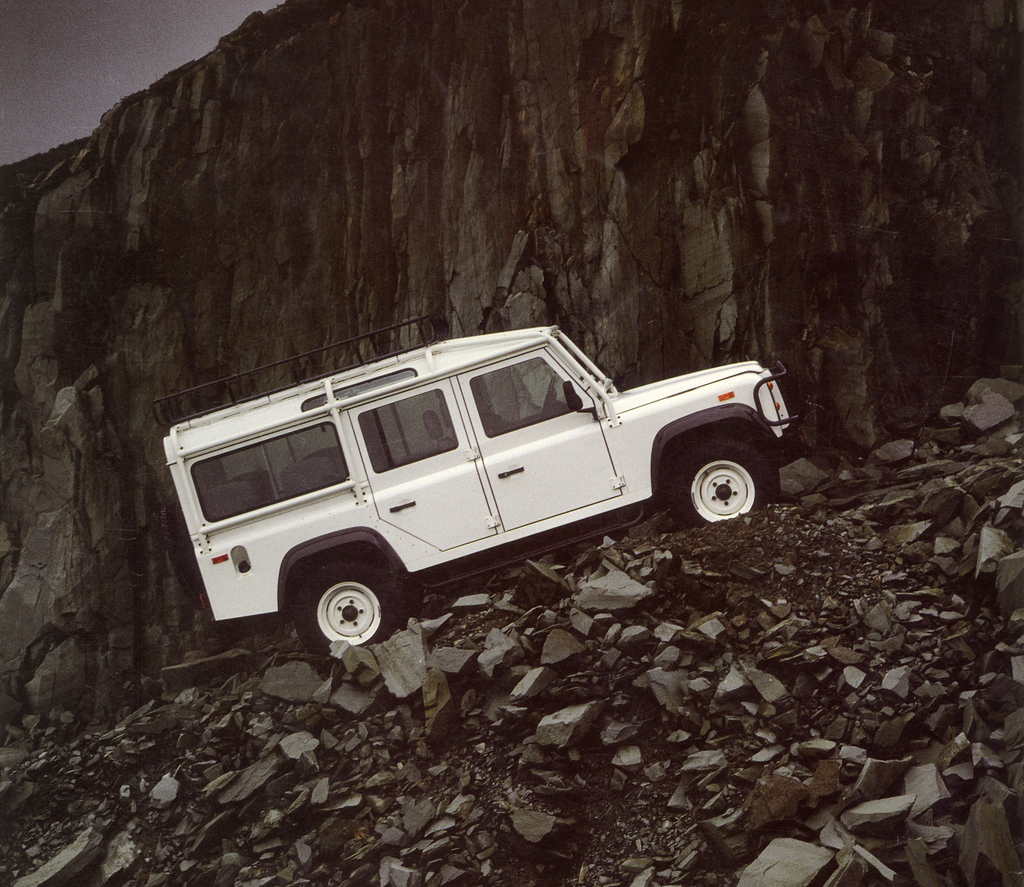
WHICH LAND ROVER TO BUY
There are compelling reasons to buy a Ninety, One-Ten or Defender. The early cars, identifiable by their sculpted door handles, are popular with collectors as the first of the breed, but they lack the usability of later models. The 200TDi is actively sought after for its reliability, especially by expeditionists, while the later 300TDi and Td5 are also very popular. The later Ford-powered ones don’t have the same collector appeal just yet, with the exception of the 2015 Heritage range, but in time they will.
Then it’s a question of long or short wheelbase. The 90 is the better off-roader, and the short-chassis looks are cuter, but the 110 (which seats up to 12) is a more appealing ‘adventure’ car as well as being a favoured family choice. It doesn’t matter what you go for; they’re all achingly cool.

WHAT TO PAY
(Prices are US/UK market values, not conversions)
One-Ten 2.5 petrol (1986)
FAIR: £6400/$16,600
GOOD: £9200/$38,500
EXCELLENT: £14,700/$58,200
CONCOURS: £21,600/$83,300

SPECIFICATIONS
One-Ten 2.5 petrol
Power: 75bhp
Top speed: 78mph
0-60mph: 29.7 secs
Economy: 22mpg
Defender 110 200 TDi
Power: 120bhp
Top speed: 88mph
0-60mph: 18.8 secs
Economy: 29mpg
Defender 90 2.4 TDCi
Power: 120bhp
Top speed: 90mph
0-60mph: 14.5 secs
Economy: 34mpg
